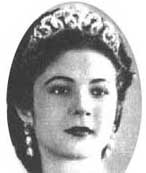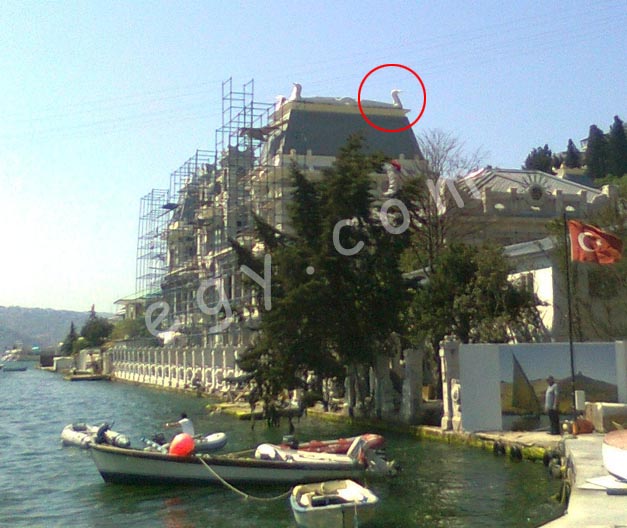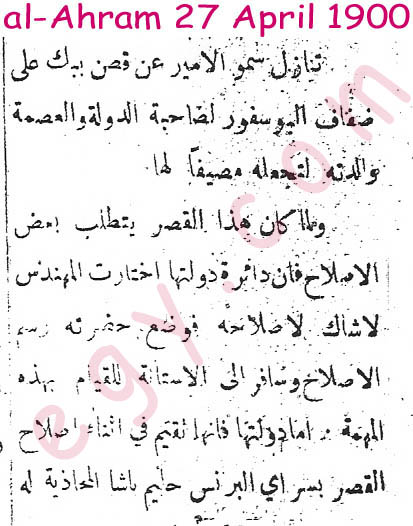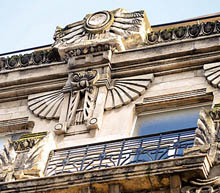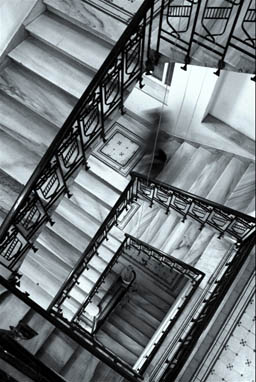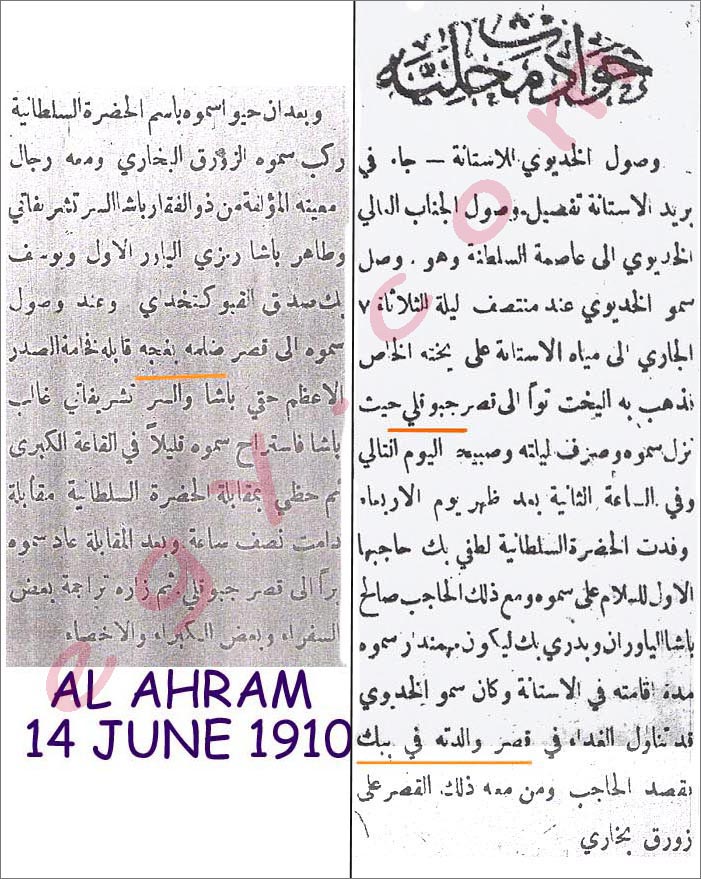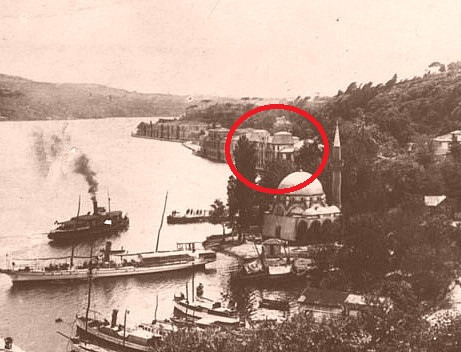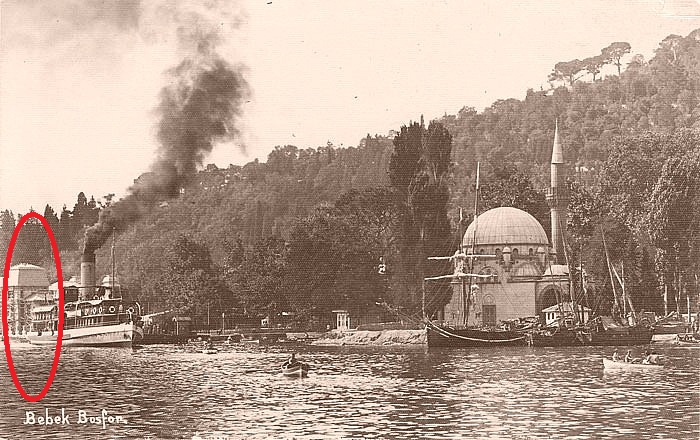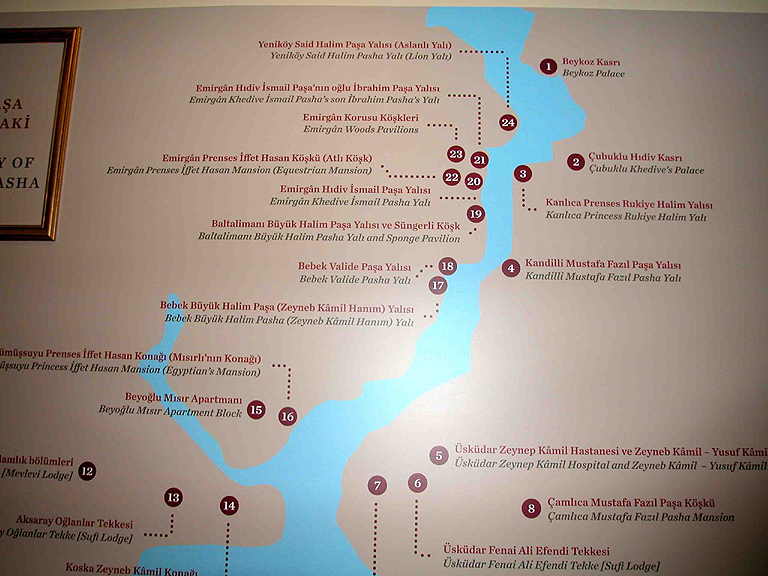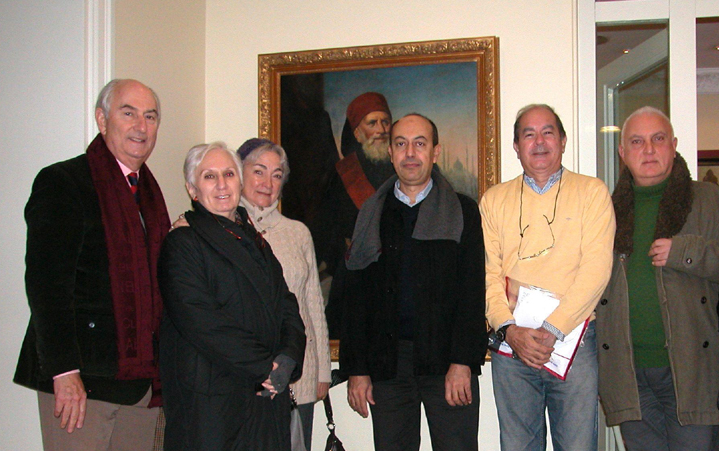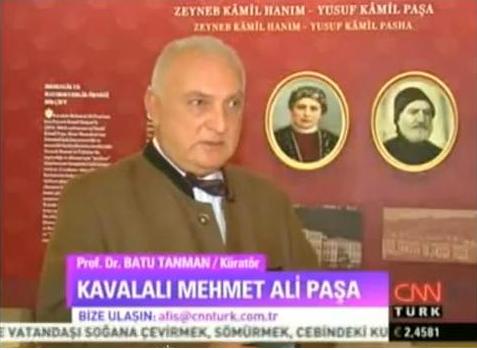ارتوت تربة القرم قبل 160 سنة بدماء مصريين دافعوا عنها ضد الروس في معارك طاحنة ودفنوا بأراضيها، ومياه البحر الأسود المحيطة غربا وجنوبا بشبه الجزيرة الأوكرانية، شهدت أكبر كارثة حلت بالبحرية المصرية في تاريخها، ففيها قضى غرقا 1920 مصرياً ساهموا قبلها بخسارة الروس لحرب شبه عالمية مصغرة شبت نيرانها في 1853 ولم تضع أوزارها إلا بعشرات آلاف القتلى بعد 3 أعوام.
قال تقرير نشره موقع العربية على الانترنت ان مشاركة الجيش المصري بتلك الحرب معروفة، وعنها توجد صور ووثائق رسمية أوروبية وتركية مثبتة منها ما كتبه الأمير المصري متعدد المواهب والإنجازت، عمر طوسون، فقد ألف كتابا كاملا عنها، وابتعد فيه عن المبالغات الحماسية، ربما إدراكا منه بأن التاريخ قد يدور ثانية ليدقق بالتفاصيل، كما استدار الآن بأزمة مشابهة.
في كتابه "الجيش المصري في الحرب الروسية المعروفة بحرب القرم 1853-1855" يذكر طوسون أن القرم كانت تابعة بدءاً من 1475 للإمبراطورية العثمانية التي حل فيها الضعف مع الزمن، فاستغل الروس أمراضها وانقضوا محتلين شبه الجزيرة في 1771 بالكامل، وضموها إلى الإمبراطورية الروسية التي شمرت عن ساعديها أكثر بعد 80 عاما، فزحف جيشها زمن القيصر نقولا الأول في 1853 على ما هو مولدوفيا ورومانيا الآن، مشعلا أخطر فتيل، وهو "حرب القرم" زمن السلطان عبد المجيد الأول.
الجيش المصري يمضي الى أشرس قتال
وأسرع السلطان إلى تشكيل تحالف دولي من أصدقاء الإمبراطورية العثمانية وولاتها، وأشهرهم كان عباس باشا الأول، والي مصر، فأسعفه بأسطول من 12 سفينة حربية، فيها 642 مدفعا و6850 جنديا بقيادة الأدميرال (أمير البحر) حسن باشا الإسكندراني، ومده أيضا بقوات برية من 20 ألف جندي و72 مدفعا بقيادة الفريق سليم فتحي باشا.
وشاركت القوات البرية المصرية بأواخر 1853 في معارك من الأشرس عند نهر الدانوب، فيما مضى الأسطول المصري ليناور عند سواحل القرم، وعلى سارياته أعلام الإمبراطورية العثمانية، بانتظار بدء القتال، وبعدها بأقل من 6 أشهر انضمت فرنسا وبريطانيا إلى تركيا ضد الروس، وبدأت "حرب القرم" بشكل خاص على احتلال مدينة "سباتسبول" التي حاصرها التحالف بدءا من سبتمبر 1854 طوال عام كامل حتى استولى عليها واستعادها من احتلال روسي دام 80 سنة
.
وذكر الأمير طوسون أن قوات التحالف العثماني، من أتراك ومصريين وبريطانيين وفرنسيين بشكل خاص، ألحقوا الهزيمة في 1854 بالجيش الروسي، وكان بقيادة الجنرال منتشيكوف، في إحدى أشهر ساحات القتال، وهي "معركة ألما" وبعدها عاد الأسطول المصري في أكتوبر ذلك العام إلى الاستانة "وأثناء عودته غرقت بارجتان مصريتان في البحر الأسود، وفقدت البحرية المصرية 1920 بحارا، ونجا 130 فقط" بحسب ما كتب
.
خبر الفاجعة التي لحقت بالبحرية المصرية تم نشره في عدد صدر يوم 2 ديسمبر ذلك العام من مجلة "اللستريتد لندن نيوز" وهي أول إخبارية أسبوعية مصورة في العالم، وبقيت محافظة على صدورها منذ تأسيسها في 1842 إلى أن توقفت قبل 11 سنة فقط، وقد راجعت "العربية.نت" بعض أرشيفها القديم، لكنها لم تستطع الوصول إلى أرشيفها في 1854 لترى إذا ما نشرت صورة ما عن أسوأ كارثة حلت بالبحرية المصرية.
ودمر الأسطول الروسي الفرقاطة دمياط
ويبدو أن هناك ما لم يذكره الأمير عمر طوسون في كتابه عن "حرب القرم" فيما كتبه بريطاني أو ربما سويسري، اسمه كريس فلاهارتي، مختص كما يبدو بالزي العسكري، وله أبحاث مهمة، منها واحدة بعنوانEgypt WW1 Turkish Flahert.
يذكر فلاهرتي أن العثمانيين طلبوا 10 آلاف جندي من مصر كنجدة، إلا أن الوالي المصري عباس باشا الأول أرسل 15 ألفا، وأضاف إليهم قوة بحرية قام بإعدادها والي الإسكندرية إبراهيم باشا الألفي، مكونة من 3 سفن حربية و3 فرقاطات و4 زوارق.
ونشر فلاهارتي صورة للوحة رسمها الروسي الكسي بوغوليوبوف، لمشهد قتالي على الماء بين الفرقاطة "فلاديمير" وأخرى مصرية رافعة العلم العثماني، وهو العلم الذي رفعته كل قوات التحالف ضد الروس ومن كان معهم، وأهمهم مسلحون من اليونان انخرطوا في الحرب بأسلوب العصابات المسلحة.
وقال فلاهارتي إن الأسطول الروسي بآخر نوفمبر 1855 تمكن من تدمير الأسطول العثماني عند سواحل مدينة "سينوب" عاصمة محافظة بالاسم نفسه في الشمال التركي، وبين السفن التي تم تدميرها كانت الفرقاطة المصرية "دمياط" التي تزن 1400 طن، وكان فيها 56 مدفعا وبين 400 إلى 500 جندي ابتلعتهم مياه البحر الأسود في ثاني فاجعة بحرية مصرية بعد السفينتين اللتين كتب عنهما الأمير طوسون.
معركة قتل فيها 400 مصري
أما القوات البرية المصرية، فكانت الفرقة الأولى والأهم فيها بقيادة إسماعيل باشا حقي ، وشاركت بالدفاع عن مدينة "سيليستريا" في شمال شرق بلغاريا من 11 مايو إلى 22 يونيو 1854 وصدت هجمات الروس عليها، موقعة 2000 قتيل منهم ليلة 28 مايو وحدها.
ومضت بقية القوات البرية إلى القرم، وكانت فرقة المدفعية فيها تشكل أكثر من نصف قوات التحالف العثماني المكونة من 23 ألف جندي، وتمكن المصريون بأيام قليلة من احتلال مدينة Eupatoria الشهيرة بمرفأ استراتيجي مهم لمن ينوي احتلالها، لذلك رد الروس في 16 و17 فبراير 1855 بانقضاض مضاض ومفاجئ، شارك فيه 19 ألف جندي مزودين بأحدث سلاح، وأهمه 108 مدافع لاستعادة المدينة.
وصدهم المصريون بقتال طاحن موصوف بأنه كان من الأشرس في حرب القرم، ففي تلك المعركة وحدها سقط 400 مصري، ممن تم دفنهم في المقبرة الإسلامية بالمدينة.
وسقط فيها أيضا قائد القوات البرية المصرية سليم باشا فتحي، ودفنوه بجوار مسجد بأوباتوريا، وهو "مسجد خان" الأقدم والأشهر في المدينة.
اشتعل الصراع الأمريكي الروسي في أوكرانيا عقب عزل رئيسها من منصبه بين مؤيد ومعارض، بعد تصويت من برلمان بلاده بعزله نتيجة مظاهرات
تنفرد «الوفد» بنشر وثيقة بحثية حول الاستراتيجية الأمريكية للتعامل مع مصر فى الوقت الراهن وموقفها من







.JPG)


